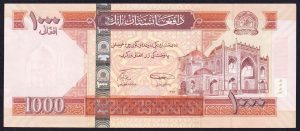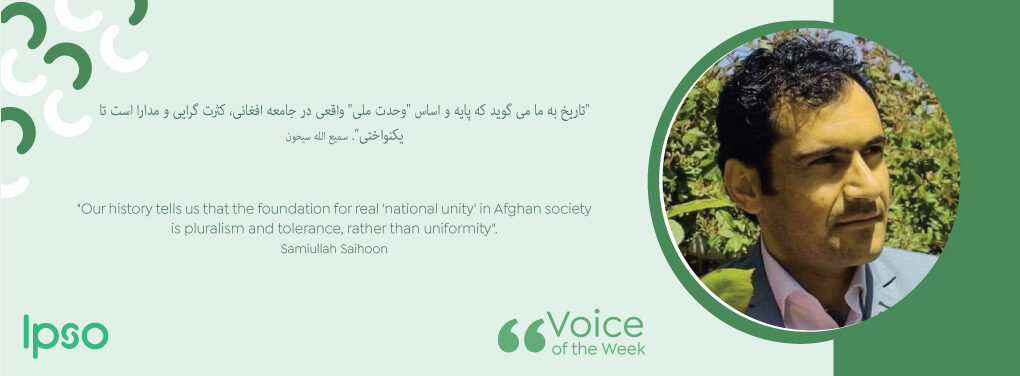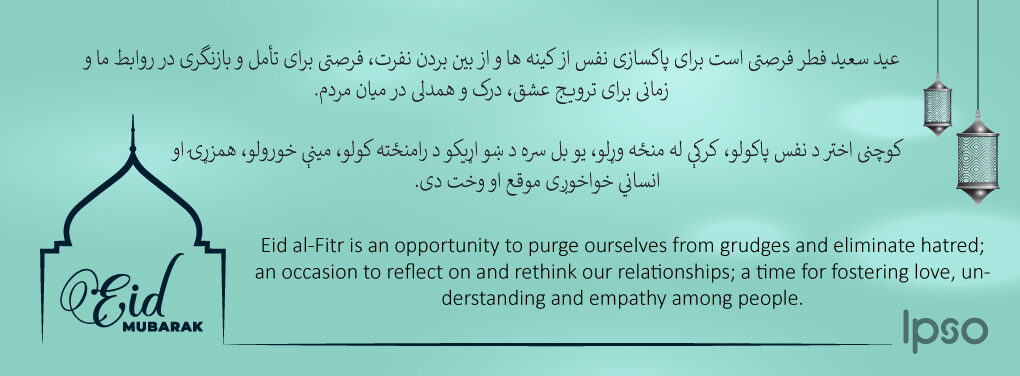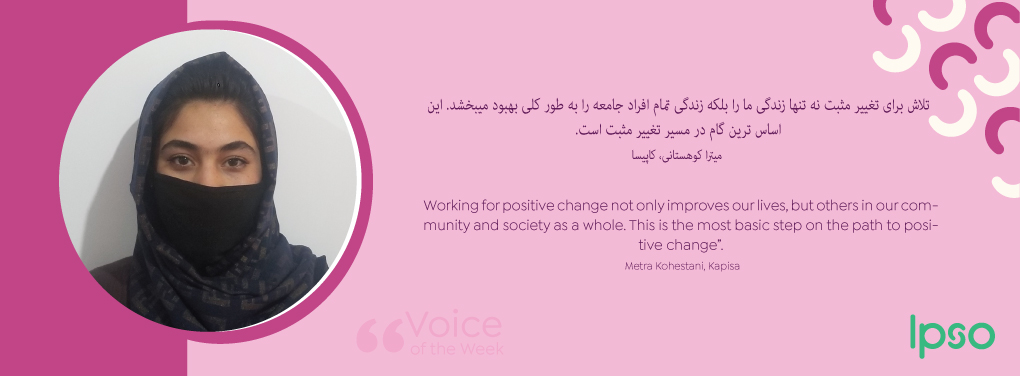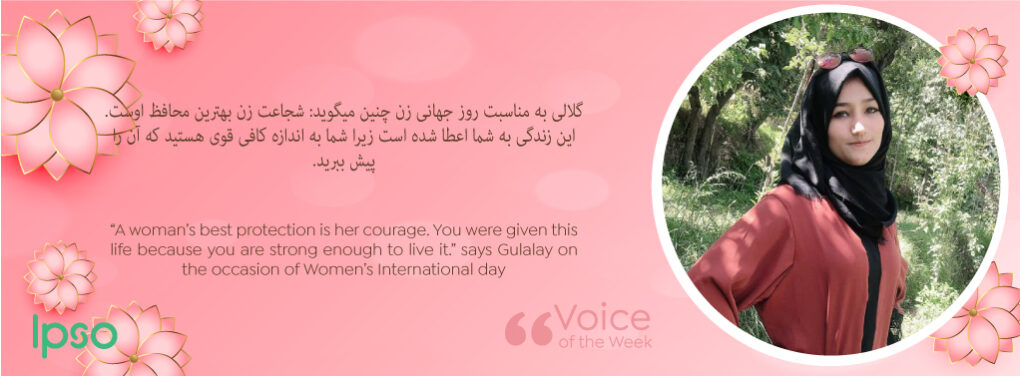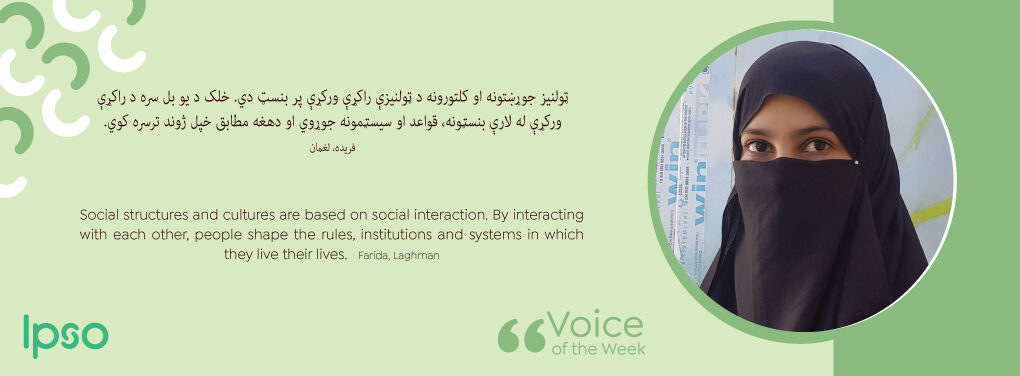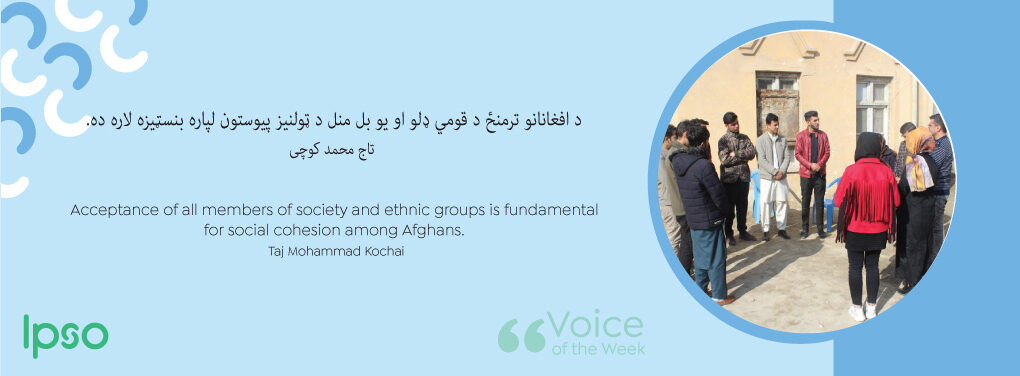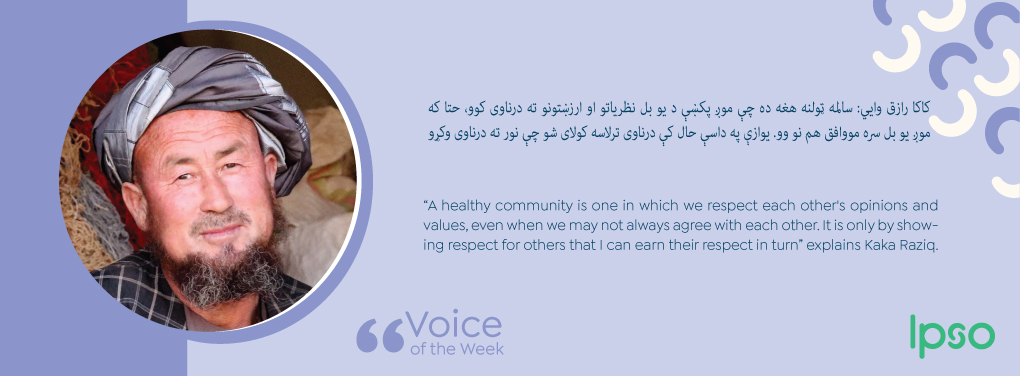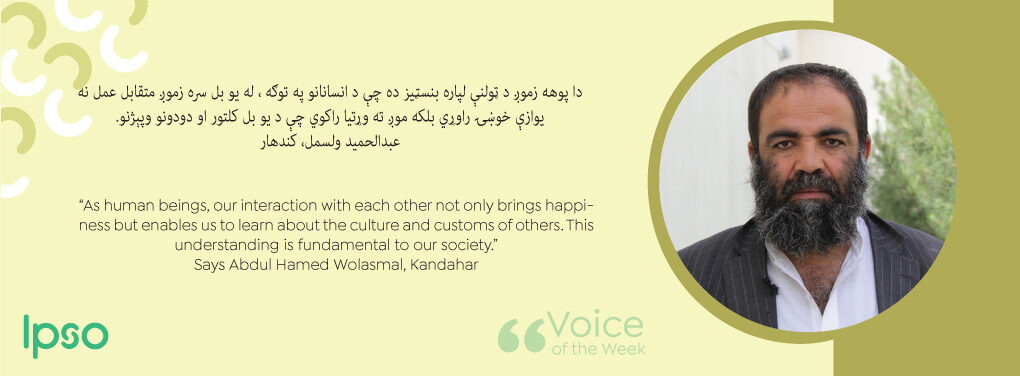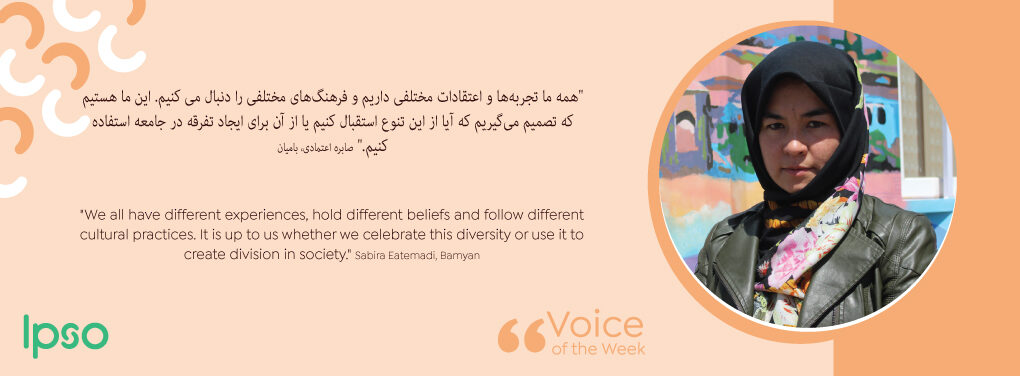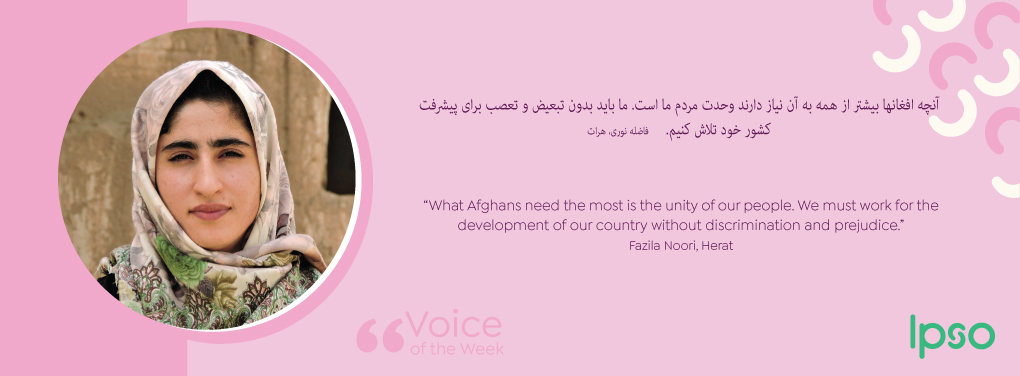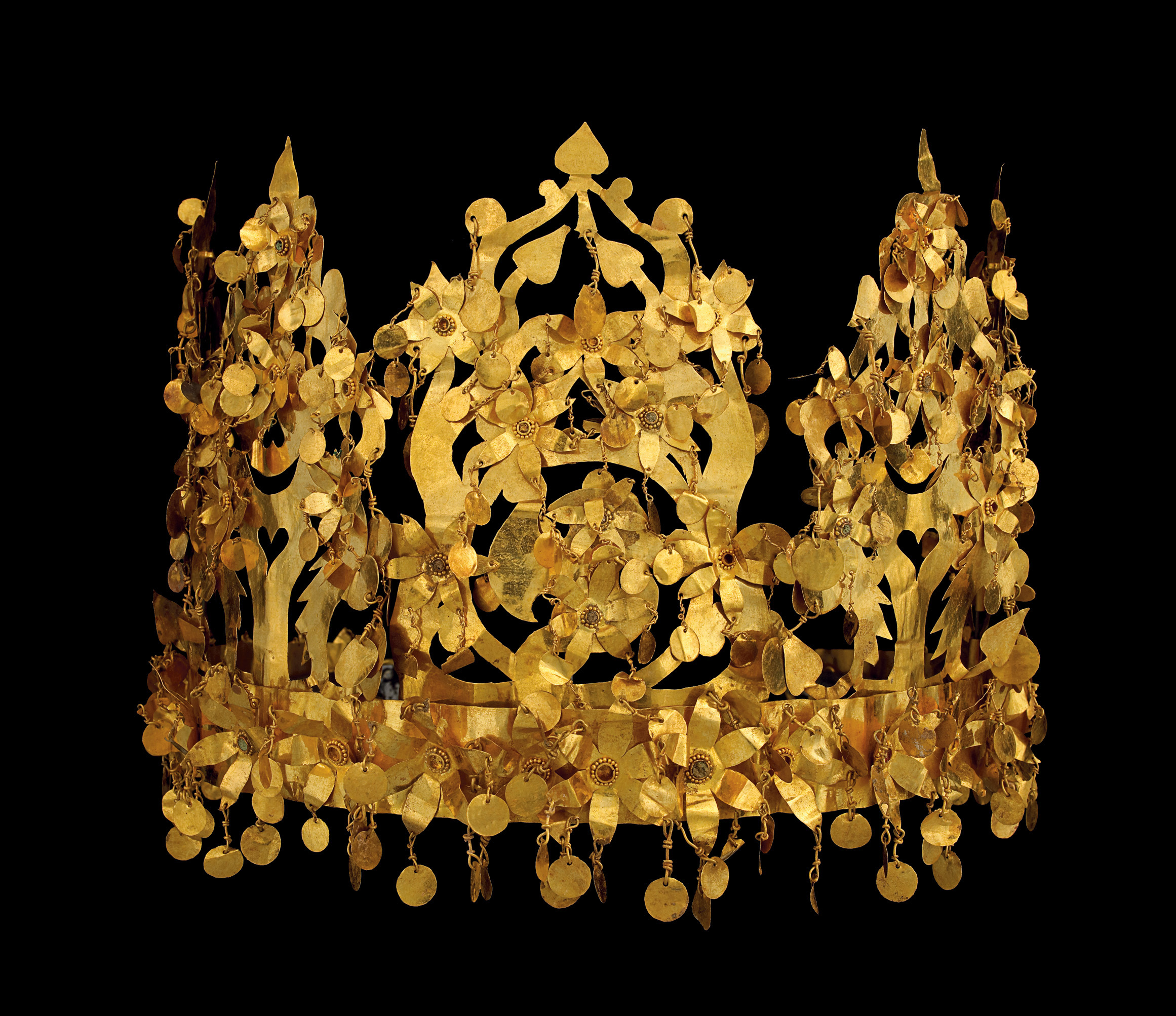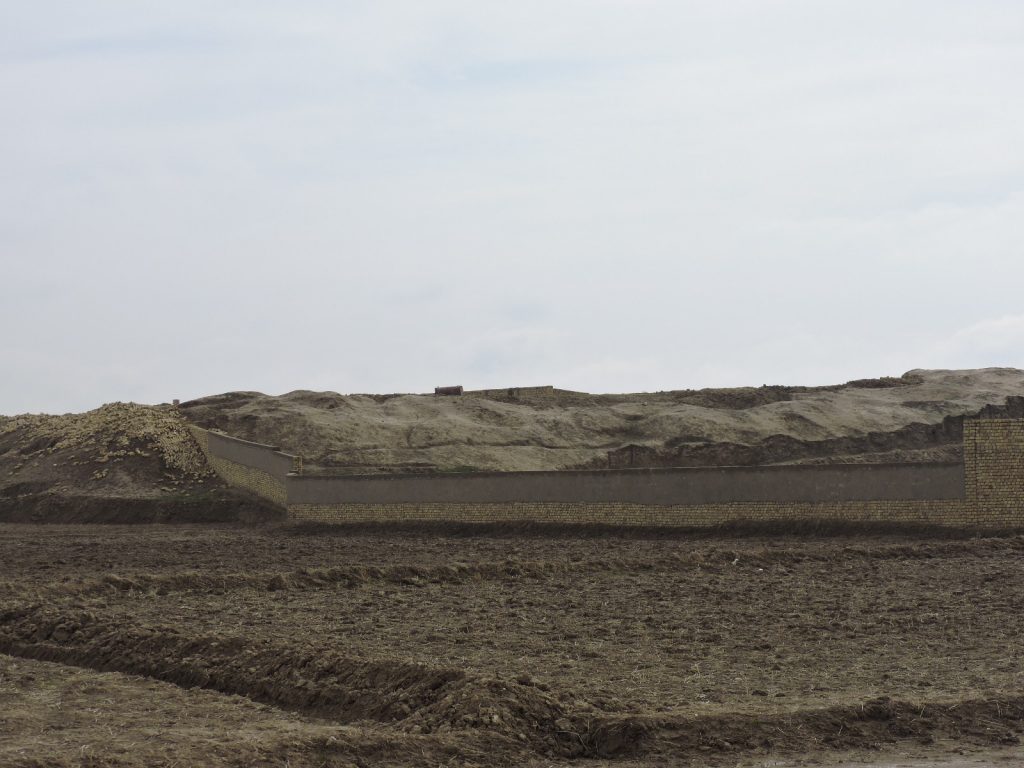Tillya Tepe or Golden Hill is an archaeological site located in north-eastern suburb of Shibrghan, the capital city of Jawzjan a Northern Province of Afghanistan. Unlike the suffix of “Tepe”, which means “hill” the site is at the same level with the surrounding terrain. At least for 2000 years Tillya Tepe was unknown for local residents, ruling dynasties and governments, despite the fact that the name was referring to an historical importance of the site. In 1970s, a team of Soviet-Afghan archaeologist led by Prof. Viktor Sarianidi came to Afghanistan to explore what was left of the Bronze Age Civilization in Central Asia, the Bactria–Margiana Archaeological Complex in the Southern part of the Amu River.
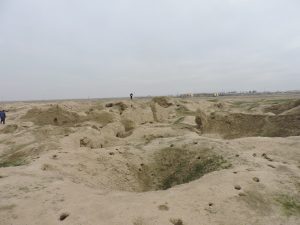
During their nine years research and excavation Sarianidi and his team found many artifacts from different historical periods and dynasties around the Amu River. However his biggest findings were in Tillya Tepe in 1978, when the team found a castle with some unrivaled antique treasures. Despite the improper season for excavations, Prof. Sarianidi persuaded his team to continue their work. Within a few weeks of dense efforts, they found the ruins of an ancient shrine with six burial sites (five women and one man) and huge golden treasures. They found 21618 items: Statues, ornaments, coins and other artifacts made of gold, silver, and ivory. They carefully registered and listed every item and then put them in some special boxes.
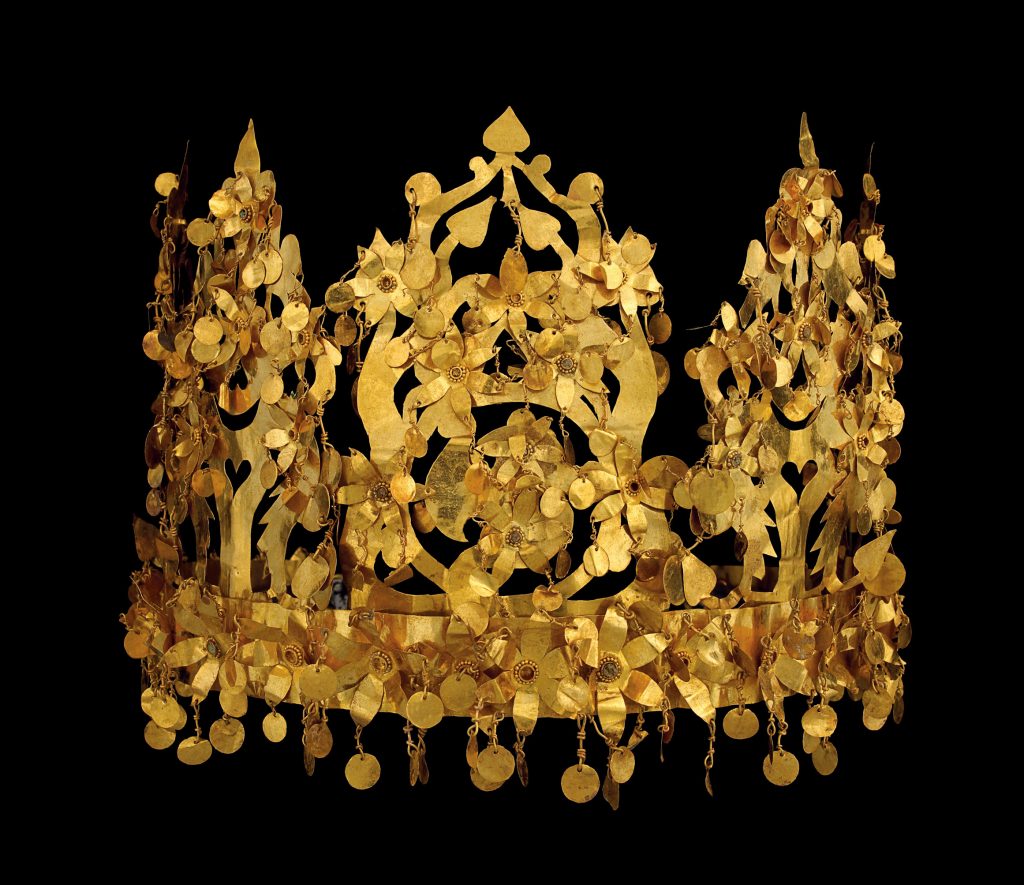
Sarianidi’s discovery is very important not only because it is a key to know more about the emerging Kushans (30-3750 BCE) but also provides us with some important clue to find more about their life style, religion, culture, and art, which archeologists and historians call it a fusion of Native and Indo-Grecian styles. Indo-Grecian Kingdoms and Greco-Bactrian Kingdom were parts of the Hellenistic world, ruled over Bactria and Sogdiana in Central Asia, north and eastern part Afghanistan and Pakistan in last centuries BCE.
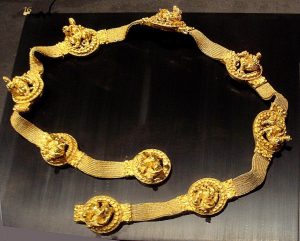
All boxes were transferred to Kabul and put on display in National Museum of Afghanistan. In 1990s civil war the National Museum of Afghanistan had been looted numerous times. There was a big fear that those treasures had been lost. Fortunately in 2003, the boxes were found hidden under Central Bank Building in Kabul. The last Communist president of Afghanistan, Mohammad Najibullah had ordered the hoard to be moved from the museum to that underground vault the doors were locked with keys, which were distributed to five trusted individuals. In 2003, the new government wanted to open the vault, but the key-holders could at first not be found. Their names had been purposefully unknown. After Hamid Karzai had authorized the Attorney General to open by cracking the safe the five key-holders were successfully found and the vault could be opened with the keys.
The treasure is currently under the guardianship of the Da Afghanistan Bank (Afghanistan Central Bank). Since 2006, it had several travelling exhibitions such as in the Musee Guimet in Paris, National Gallery of Art in Washington, D.C., Asian Art Museum of San Francisco, The Museum of Fine Arts, Houston, Metropolitan Museum of Art, New York and etc.
For university student Khalid Qaderi, the Tillia Tepe treasures are not only ancient artifacts with some precious items, but also a historical link which connects us with other ancient civilizations around the world. The “Tillia Tepe treasure probably is among some of the biggest ancient treasures in the world. But what makes it special is that, most of it belongs to the Hellenistic period, when Grecian-descent kings ruled over north and eastern parts of Afghanistan. You can trace it even to the current Da Afghanistan Bank’s seal and emblem on Afghani notes.” He said.
However Wahida student of Faculty of Archeological Studies at Balkh University thinks that although long wars partially destroyed and damaged the countries historical and cultural heritage it is really promising that that our biggest treasure is still safe. “I hope one day it is open to everyone. So like many other countries everyone can study and understand our rich history. Afghanistan was not always a war raged country but a crossroad to different civilizations between west and east and it will be also in future.”
